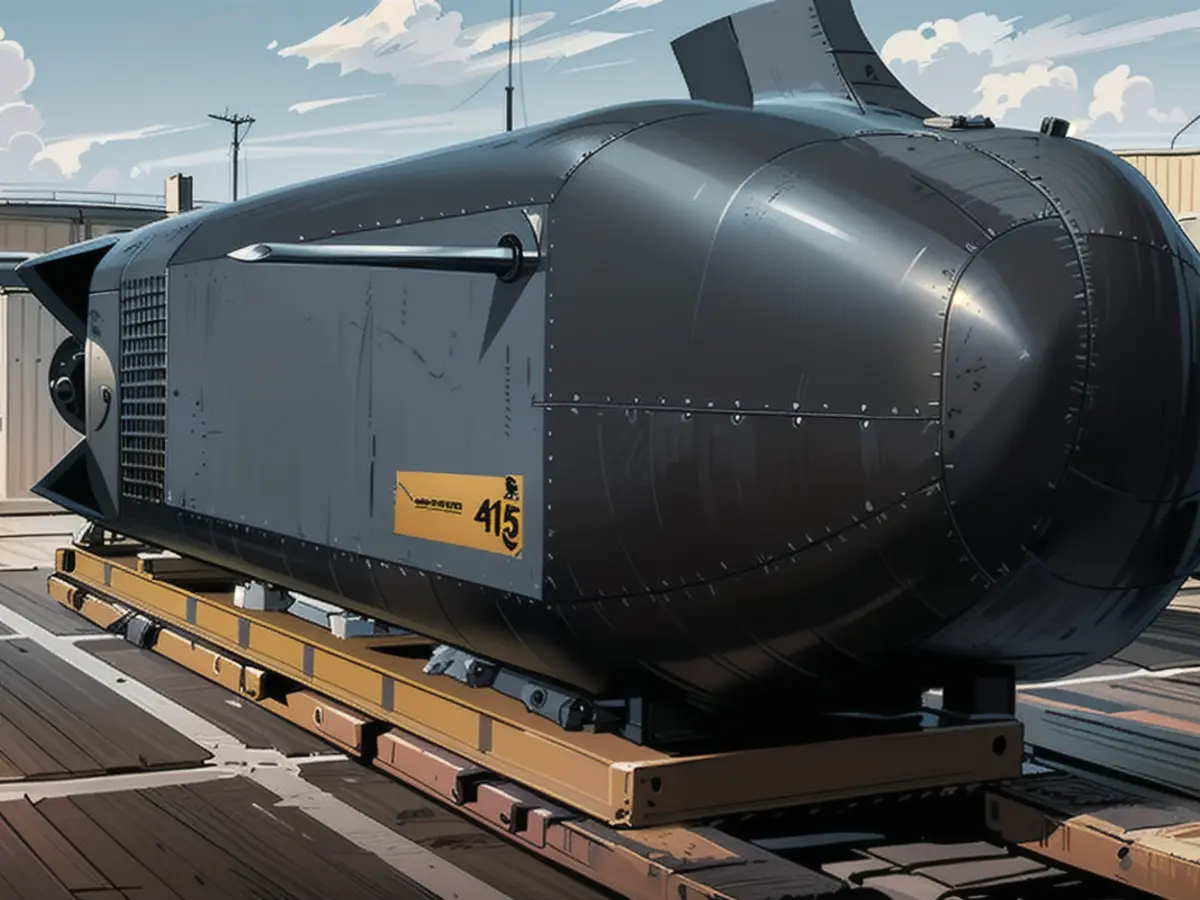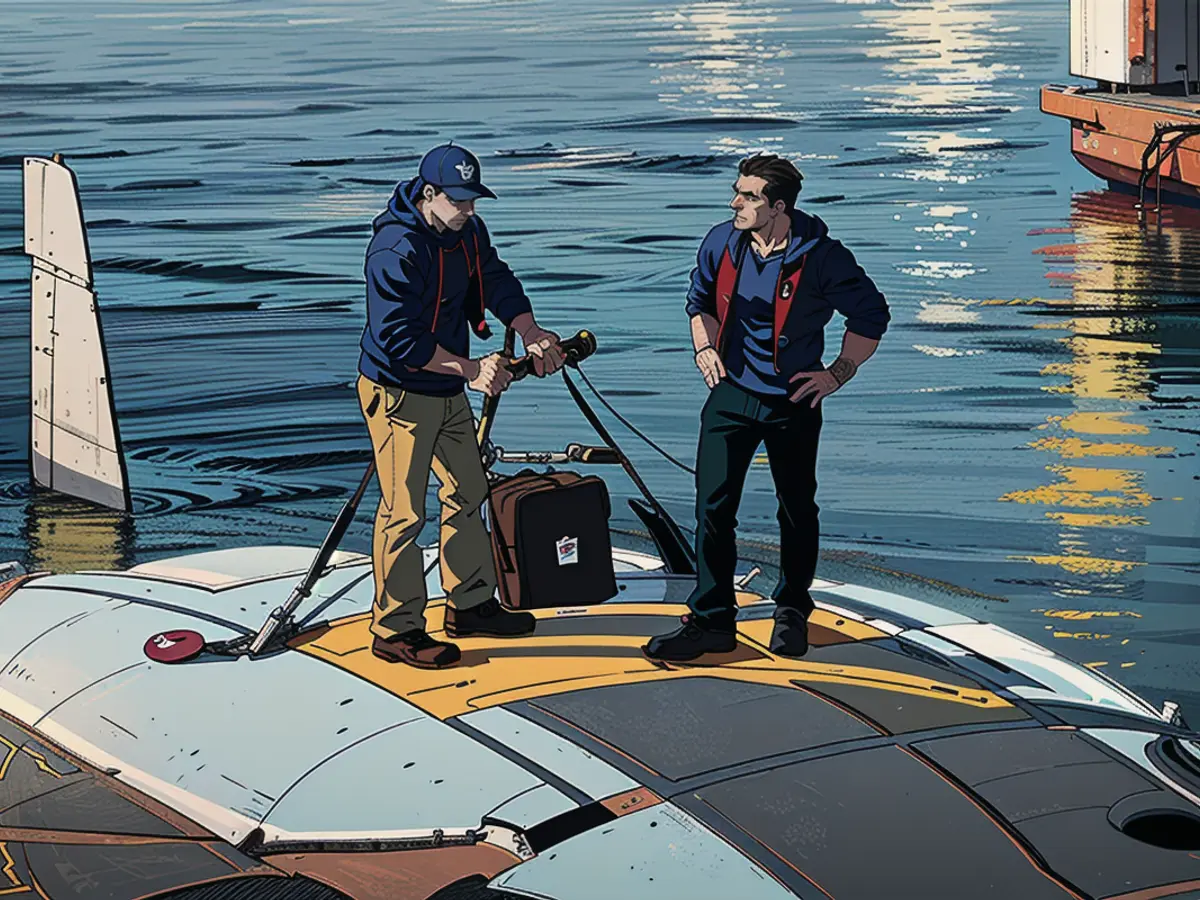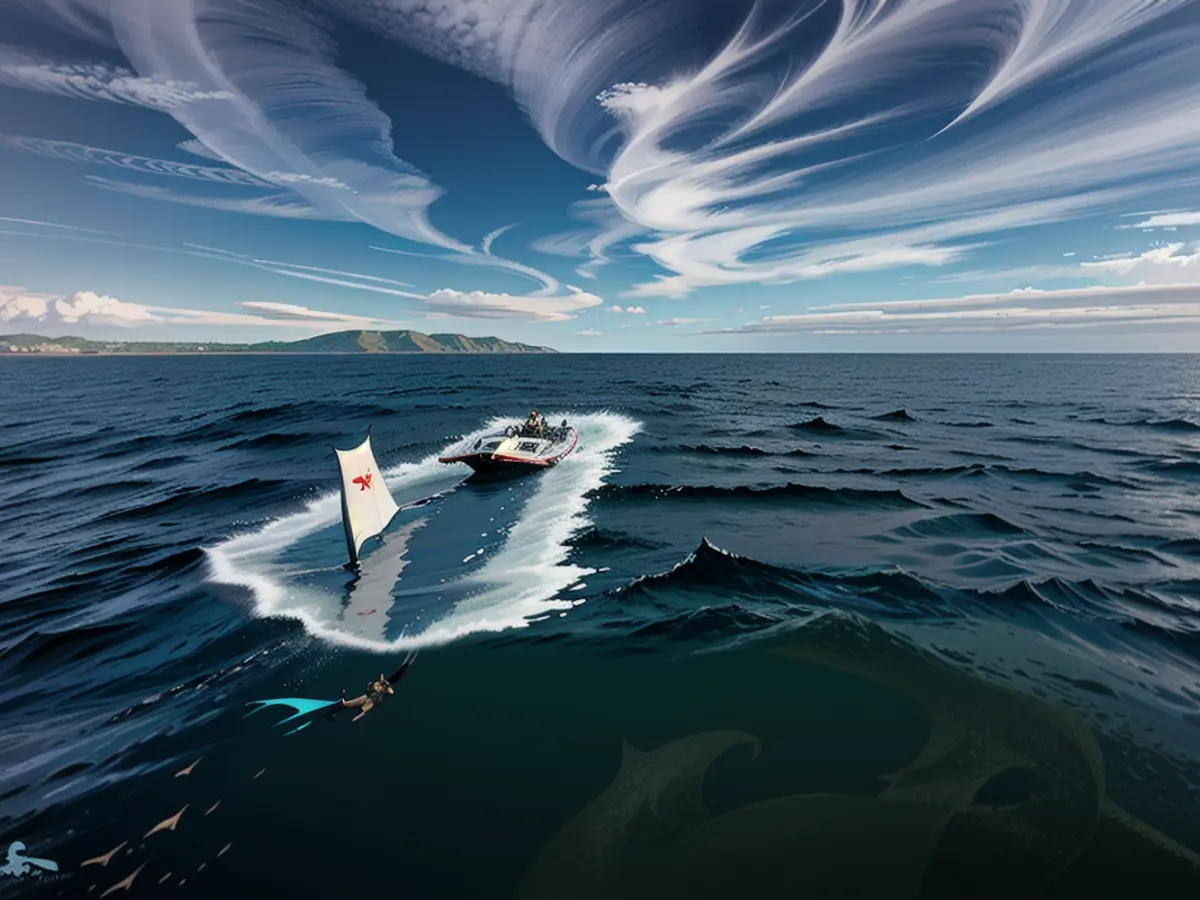Australia and the U.S. present submarine drones showcasing Ghost Sharks and Manta Rays underwater.
Australian-made Ghost Shark and US-engineered Manta Ray are pioneering prototypes of uncrewed underwater vehicles, referred to as UUVs or drones, revealing a possible future in undersea warfare. Their deployment emphasizes strengthened power while minimizing risk to human lives.
Drones have proliferated in aerial warfare for decades, as evident in various conflicts, including the 1990s wars in Iraq and Afghanistan. Similarly, both sides in Russia's invasion of Ukraine are employing naval surface drones to cause considerable damage to the massive Black Sea Fleet.
Prior to these underwater drones, satellite and light/radio wave control were the only means for submersible operations. However, such methods are ineffective in the deeper realm, as a 2023 study in Sensors journal suggests more energy is required while greater data loss is expected due to variables like water temperature, salinity, and depth.
The makers of the next-generation military UUVs, however, have kept their methods mysterious.
When Australia presented Ghost Shark in recent weeks, it characterized the prototypes as "the most advanced undersea autonomous vehicles in the world." The Ministry of Defense unveiled a commitment to providing Ghost Shark-equipped Navy with "a stealthy, long-range autonomous undersea warfare capability," monitor situations persistently, gather intelligence, and strike. Once operational, the first production models are to be delivered by the year's end.
Officials from the Australian Ministry and Anduril Australia claimed confidentiality over details of Ghost Shark's specifications. They marveled at the drone's prompt advancement from concept to testing, having begun only two years prior.
"This is unheard of," Shane Arnott, Anduril's senior vice president for engineering, said.
"Delivering the first Ghost Shark prototype earlier than expected sets a new standard for capability development at the speed of need," proclaimed Australia's Chief Defense Scientist, Tanya Monro, in a statement.
Emma Salisbury, a British Council on Geostrategy expert, noted similarities between Ghost Shark and Orca E-XL UUV under development in the US.
"I think these are all supposed for roughly similar mission sets – persistent intelligence, surveillance, reconnaissance, and strike capabilities, particularly in the anti-submarine domain," Salisbury explained.
In 2022, the US Navy described the Boeing-designed Orca UUV as "a cutting-edge, autonomous, unmanned diesel-electric submarine with a modular payload section for executing various missions." The Pentagon plans to procure five more Orcas, with no specified timetable, however. The Orca project commenced more than a decade ago, representing a drastic contrast to Ghost Shark's expedited development.

Chris Brose, Anduril's Chief Strategy Officer, acknowledged the joint effort's role in "proving" how quickly and economically such capabilities could be realized.
Anduril Australia pledged to offer Ghost Shark on the global market following its integration into the Australian naval fleet.
Additionally, the US introduced Northrop Grumman's Manta Ray prototype in February and March, off the Southern California coast. DARPA, the Pentagon's technology development branch, highlighted Manta Ray's exceptional modularity, enabling it to switch out payloads per mission. The UUV can be broken down, moved by five shipping containers to its deployment site, and reassembled on-site.
Referring to the 47-foot-long Manta Ray, Kyle Woerner, Manta Ray Program Head at DARPA, said: "the field assembly and deployment demonstrates a first-of-its-kind capability for an extra-large UUV." Furthermore, internal energy is saved by not utilizing it for transportation.
Despite the undivulged timeline for Manta Ray's integration into the US Navy fleet, DARPA is collaborating with the Navy on Manta Ray testing and handover.
In parallel, China, US military's perceived greatest threat in the Pacific, is progressing in the realm of UUVs. China's advancements in undersea drones were touched upon by Salisbury.
Despite the rapid advancements in underwater drone technology, uncovering methods of overcoming communication problems remains elusive.
While specific details are limited, it's been known for some time now that China has been developing advanced underwater vehicles for at least 15 years. It's possible that they've created a UUV similar to the Orca, but equipped with torpedoes in its current testing stage. Naval expert HI Sutton notes on his Covert Shores website that open-source intel analysis suggests China is developing at least six massive UUVs.
In fact, several other nations are also exploring this technology, including Australia, the US, Canada, France, India, Iran, Israel, North Korea, Norway, Russia, South Korea, Ukraine, and the United Kingdom, according to Sutton.

Read also:
- Telefónica targets market launch for hologram telephony
- vzbv: Internet companies continue to cheat despite ban
- Telefónica targets market launch for hologram telephony in 2026
- AI and climate in schools: how to keep lessons up to date
The tech industry is also making strides in the business sector of military unmanned underwater vehicles (UUVs). For instance, Anduril Australia, a tech company, is set to commercially offer their Ghost Shark prototype, a highly advanced autonomous underwater vehicle, globally after its successful integration into the Australian naval fleet.
Moreover, in the US, Northrop Grumman has introduced the Manta Ray prototype, highlighted for its exceptional modularity, which could change the game in underwater business operations by enabling easy switch-out of payloads for various missions.
Source: edition.cnn.com








